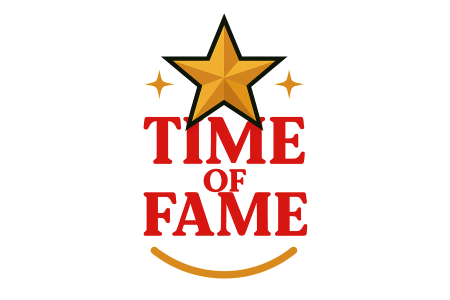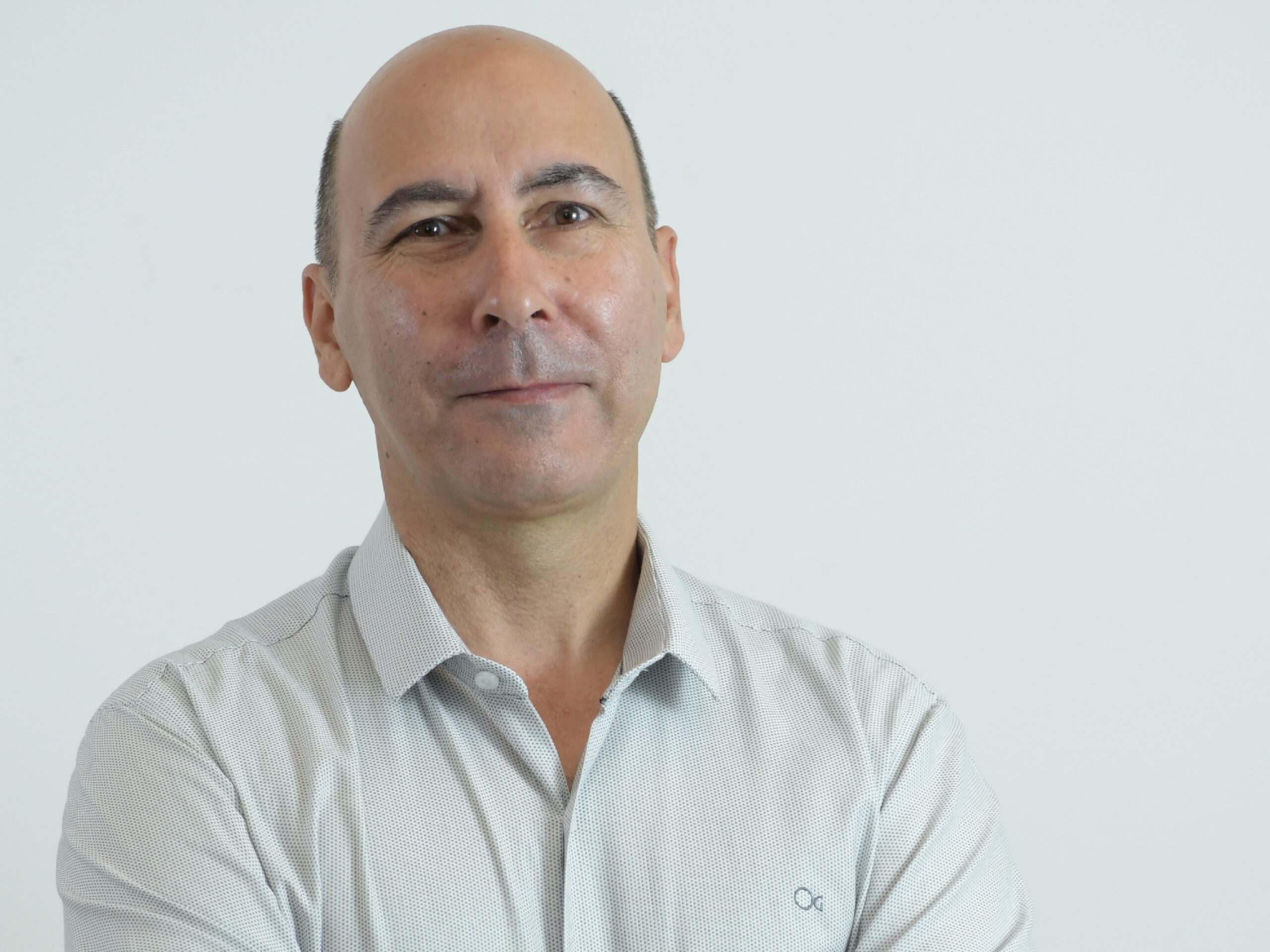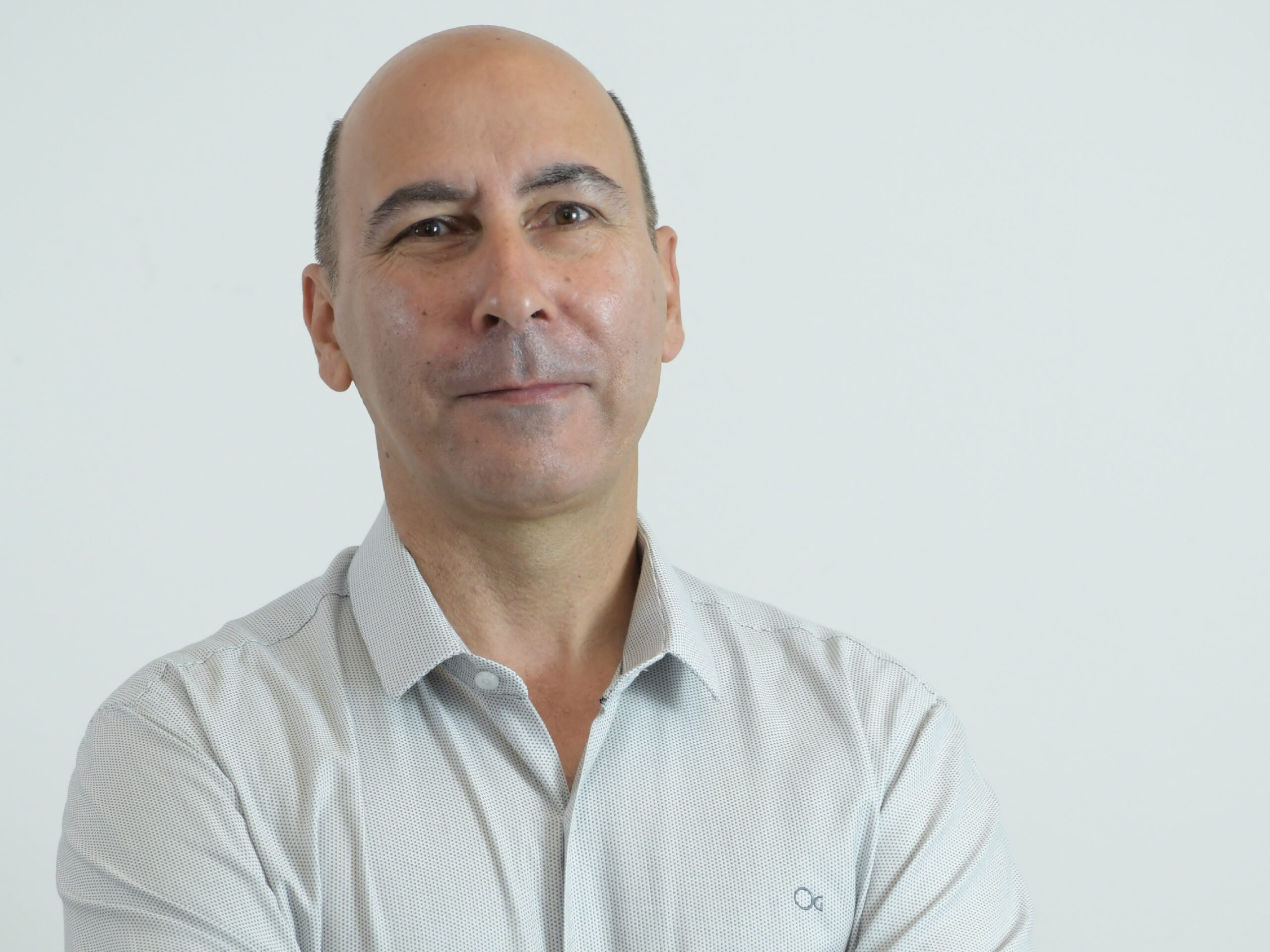
The shareholder’s equity column represents everything else that is left over. A company’s “balance sheet value” is determined by how much greater the assets column is than the liabilities column. This simple equation is often referred to as the company’s “worth.” Balance sheets can change on a daily basis and for larger businesses, they almost always will. In this article, we will compare the balance sheet vs income statement and discuss why both these financial statements are so important. We will also discuss how decision-makers at various levels use this information to help pursue their financial goals. Shareholders’ equity is the sum of total assets minus total liabilities and is helpful in calculating a company’sfinancial health. Shareholders’ equity represents the net value or net worth of a company, which for Apple was $134 billion.
- Significant accounting policies and practices – Companies are required to disclose the accounting policies that are most important to the portrayal of the company’s financial condition and results.
- In general, however, the following steps are followed to create a financial model.
- Net income, as you already know, is reported on your income statement.
- Income tax expense – sum of the amount of tax payable to tax authorities in the current reporting period (current tax liabilities/ tax payable) and the amount of deferred tax liabilities .
- The income statement tells investors whether a company is generating a profit or loss.
- Consistent monitoring and analysis can help uncover financial distress before it severely impacts the business.
The income statement shows the financial health of a company and whether or not a company is profitable. It’s crucial for management to grow revenue while keeping costs under control. For example, revenue might be growing, but if expenses rise faster than revenue, the company may eventually incur a loss.
Our Services
These ratios will help you ascertain a clear picture of the company, and then you can decide whether you should invest in the company or not. Depreciation ExpensesDepreciation is a systematic allocation method used to account for the costs of any physical or tangible asset throughout its useful life. Its value indicates how much of an asset’s worth has been utilized. Depreciation enables companies to generate revenue from their assets while only charging a fraction of the cost of the asset in use each year. For example, a company might cut its prices before the end of the quarter to create the illusion of higher sales figures. Products might listed as shipped or received at the end of one year or the beginning of the next, depending on which will create the better figures. A balance sheet is comprised of your assets, liabilities and equities.

Lending institutions and creditors will usually be more concerned with the balance sheet because a company’s assets can be used as leverage in the event that something goes wrong. However, it certainly helps to have an income statement that shows your business has been profitable. The balance sheet will be used by a company to determine if it has the resources to satisfy all of its financial obligations. The income statement, on the other hand, is used to evaluate whether a business is profitable and determine which changes might need to be made. The accounting equation defines a company’s total assets as the sum of its liabilities and shareholders’ equity. Income statements include revenue, costs of goods sold, andoperating expenses, along with the resulting net income or loss for that period.
Analyzing A Balance Sheet Vs Income Statement
These reports will be regularly utilized to evaluate the state of the company and chart the best path forward. They will also be viewed by several relevant parties, including tax authorities and regulators, potential investors, and even competitors.
The cost of debt – interest payments – is generally less than the cost of capital required by equity investors. Managers, therefore, prefer to borrow money to finance operations and expansions, but too much debt increases financial leverage and creates more risk. The current ratio is calculated by dividing total current assets by total current liabilities. Suppose the balance sheet showed $250,000 in current assets and $125,000 in current liabilities.
After taking the leap, a few years ago, into the world of freelancing, she is fully immersed in learning all there is to know about financially managing a Business-of-One. She enjoys passing that intel on to other solo entrepreneurs in the form of interesting and informative articles. Her work has appeared in places like TechCrunch, Redfin, TheZebra, and Freedom Financial. The modest outlay could save you boatloads of cash at tax time, not to mention save you from pulling out all your hair trying to balance your books.
- The foundation of the balance sheet lies in the accounting equation where assets, on one side, equal equity plus liabilities, on the other.
- Net income is also called net profit or the bottom line because it’s the final number and located at the bottom of the income statement.
- But for an audit firm to drastically increase clients, it would likely need more manpower and office space.
- Similarly, operating revenue is revenue generated from primary business activities while non-operating revenue is revenue not relating to core business activities.
- If you have more than a few income streams or a complicated financial landscape, we suggest using multi-step income statements to get a better view of your profits and losses.
If a company has a debt-to-equity ratio of 2 to 1, it means that the company has two dollars of debt to every one dollar shareholders invest in the company. In other words, the company is taking on debt at twice the rate that its owners are investing in the company. Income taxes – The footnotes provide detailed information about the company’s current and deferred income taxes. The information is broken down by level – federal, state, local and/or foreign, and the main items that affect the company’s effective tax rate are described. A company’s assets have to equal, or “balance,” the sum of its liabilities and shareholders’ equity. Net Profit MarginNet profit margin is the percentage of net income a company derives from its net sales.
Stay Up To Date With Industry Updates By Subscribing To The Society Insurance Blog!
The income statement, on the other hand, records your revenue and expenses within a specific period of time. Use both financial statements to evaluate your current state of affairs and make strategic choices for the future. The income statement is also sometimes referred to as the statement of income, profit and loss statement (P&L) or statement of operations. The income statement illustrates the profitability of a company over a given period of time. This statement typically includes one section detailing revenues and gains and another section detailing expenses and losses. Maintaining detailed financial records is just one of many aspects to running a successful business. Good bookkeeping practices can give a business invaluable information on its performance and help guide it to future success.
But combined, they provide very powerful information for investors. And information is the investor’s best tool when it comes to investing wisely.
This is a dollar figure, as opposed to a ratio like the current and quick ratios. The objective is to constantly make a profit, increase cash flow and see a continuous increase in the level of working capital. A decline in the amount of working capital would be a trend in the wrong direction. It includes material costs, direct labour, and overhead costs , and excludes operating costs such as selling, administrative, advertising or R&D, etc. It indicates how the revenues (also known as the “top line”) are transformed into the net income or net profit . The purpose of the income statement is to show managers and investors whether the company made money or lost money during the period being reported. For many small businesses, financial statements are needed to apply for credit or to provide financial information to a potential lender.
Key Balance Sheet And Income Statement Differences
These statements are used to make importantfinancialdecisions. The income statement, also known as a profit-and-loss statement, shows total revenues and total expenses over a specific time period. Accountants typically prepare income statements on a monthly, quarterly and annual basis. The balance sheet and income statement are two of the most important financial statements for a business. They both provide valuable information about a company’s financial position and performance.
This information does not constitute legal or professional advice. It is provided to assist you in recognizing potential unsafe work problems or conditions and not to establish compliance with any law, rule or regulation. Society Insurance understands that your business is your livelihood and provides customized business insurance plans to protect it. As a business owner, https://www.bookstime.com/ you have many options for paying yourself, but each comes with tax implications. The right financial statement to use will always depend on the decision you’re facing and the type of information you need in order to make that decision. This consists of items like the purchase or sale of assets, loans made or received, and payments related to mergers or acquisitions.
Shareholders’ equity is sometimes called capital or net worth. It’s the money that would be left if a company sold all of its assets and paid off all of its liabilities. This leftover money belongs to the shareholders, or the owners, of the company. Cash Coverage RatioCash Ratio is calculated by dividing the total cash and the cash equivalents of the company by total current liabilities. It indicates how quickly a business can pay off its short term liabilities using the non-current assets.
Certain accounting software can produce an income statement split by area of operation or other ways of splitting the business pie. The simple balance sheet is useful for getting a quick snapshot of company assets and equity versus its debts and financial obligations. They can provide insight into the value of a business and its profitability to help the business forecast and plan for the future, avoid financial distress, and improve operations.
A Brief History Of Balance Sheets And Income Statements
Your balance sheet will show the position of your small business at a specific point in time—like a snapshot—rather than showing results across a time period. As a small business owner, you’ve probably already mastered keeping your operation in balance each day. Understanding your balance sheet can help you improve your finances and business performance.

Here are five key differences between a balance sheet and an income statement. For example, say your balance sheet’s assets, liabilities, and owners’ equity are reported at the last accounting year.
Earnings Per Share
Whether you’re looking for investors for your business or want to apply for credit, you’ll find that producing four types of financial statements can help you. Like assets, they are categorized as either current or long-term. Current liabilities include accounts payable, while long-term liabilities are those debts that will not come due for a year balance sheet or longer. Cash flow differs even more from the other two statements as it measures all cash-related movements to determine how much money goes into operating, financing and investing. This statement doesn’t show a company’s financial health as much as give the company ideas about where their money is going and how they can budget differently.
However, to know whether you should use a balance sheet vs income statement, it is important to identify the structural differences between the two. The income statement, often called the profit and loss statement, shows the revenues, costs, and expenses over a period which is typically a fiscal quarter or a fiscal year. The income statement tells investors whether a company is generating a profit or loss. Also, the income statement provides valuable information about revenue, sales, and expenses. Investors and creditors analyze the balance sheet to determine how well management is putting a company’s resources to work. The balance sheet shows assets, liabilities, and shareholders’ equity. Total assets should equal the sum of total liabilities and shareholders’ equity.
The liabilities side of the balance sheet itemizes all the company’s debts – short- and long-term – and the amount of equity capital. Single-step income statements can be used to get a simple view of your business’s net income. These take minimal time to prepare and do not show operating vs. non-operating costs. The balance sheet has also become less useful for banks’ lending decisions because banks rely on asset coverage to calculate their security. The statement of cash flows tracks the movement of cash during a specific accounting period. As its name implies, the statement of cash flows includes items that affect cash.
By getting to know the purpose of each of the reports you can better understand how they differ from one another. Your income statement and balance sheet, along with a third doc, the cash flow statement , paint the company’s entire financial picture. An income statement tells you how much money your business made, and how much it spent, over a particular period. By going back and looking at trends in your income statements, you can track your financial health, and find ways to improve your profit margin or increase cash flow. The multi-step income statement separates business operations from other activities, such as investing. The more detailed format gives readers insight into your business’s true health without influence from your business investments.
Working capital is the money leftover if a company paid its current liabilities (that is, its debts due within one-year of the date of the balance sheet) from its current assets. These are expenses that go toward supporting a company’s operations for a given period – for example, salaries of administrative personnel and costs of researching new products. Operating expenses are different from “costs of sales,” which were deducted above, because operating expenses cannot be linked directly to the production of the products or services being sold. At the top of the income statement is the total amount of money brought in from sales of products or services. This top line is often referred to as gross revenues or sales. It’s called “gross” because expenses have not been deducted from it yet.
It answers questions such as whether the company has enough assets to pay off the liabilities. Fundbox is a financial solutions company dedicated to transforming the way small businesses manage their finances—with fast access to funding, cash flow insights, and flexible payment solutions.
It prepares you for when you may need to pivot quickly for better results. Liabilities differ from expenses in that they also factor in future money owed. So for example, rent can be considered both an expense and a liability.
ROEReturn on Equity represents financial performance of a company. It is calculated as the net income divided by the shareholders equity. ROE signifies the efficiency in which the company is using assets to make profit. This is the document where the income or revenue the business took in over a specific time frame is shown alongside expenses that were paid out and subtracted.

 Moda1 semana ago
Moda1 semana ago
 Famosos2 semanas ago
Famosos2 semanas ago
 Famosos2 semanas ago
Famosos2 semanas ago
 Entretenimento2 semanas ago
Entretenimento2 semanas ago
 Entretenimento2 semanas ago
Entretenimento2 semanas ago
 Famosos1 semana ago
Famosos1 semana ago
 Famosos6 dias ago
Famosos6 dias ago
 Famosos6 dias ago
Famosos6 dias ago









